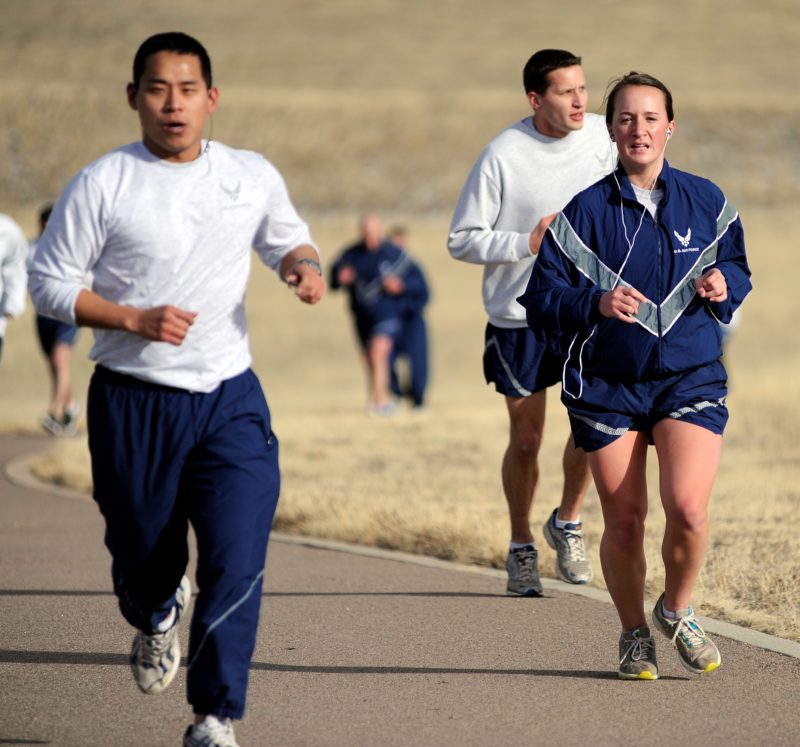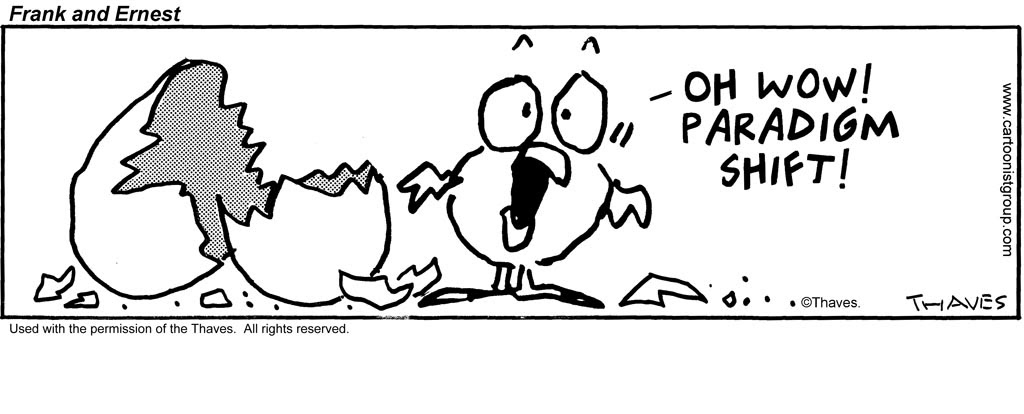Human sexuality is designed around likenesses and differences
Part 1 ended, Women and men are, by design and function, fundamentally different and yet profoundly complementary in fulfilling their purpose. Which leads us to two questions: How are women and men the same? How are they different?
The Likenesses of Male and Female
Our human sexuality does not mean men and women have nothing in common. As Dorothy Sayers famously said, “The fundamental thing is that women are more like men than anything else in the world.” We have human DNA, and have the same blood – “And He has made from one blood every nation of men to dwell on all the face of the earth, and has determined their preappointed times and the boundaries of their dwellings,” (Acts 17:26 NKJ).
Both women and men have human bodies with a brain and a nervous system to perceive the world: eyes to see, ears to hear, a mouth to taste, a nose to smell and skin to touch. We have bodies to express our soul to the external world. We also have the same internal capital: intelligence and creativity to think, emotions to feel, moral volition and responsibility to choose.
Human sexuality is rooted in the truth that both sexes represent God as His vice regents of creation, to fulfill the cultural commission of Genesis 1. This includes the social mandate – procreation, and the developmental mandate – stewardship of creation.
The Dissimilarities
Human sexuality includes differences as well. While men and women are fundamentally the same, they are also radically different. We possess individual human uniqueness and we are sexually distinct based on design and purpose.
First, each individual is one of a kind. While each human being has, in common with all humans, a physical body and the internal capital of the soul, the manifestation of these is absolutely unique for each individual. As Dr. Alan K. Snyder has so powerfully articulated,
The Biblical concept of individuality can be stated succinctly: God has created all things distinct and unique and for a specific purpose. He has given an identity to all parts of His creation, whether material objects, animals, or of human beings.
This uniqueness is found in all individuals, male and female, in both external and internal characteristics.
 In external characteristics we find uniqueness in our:
In external characteristics we find uniqueness in our:
- Body build: height and weight
- Skin: complexion and color
- Hair: texture and color
- Eyes: shape and color
- Nose: shape and length
- Gender: female or male
- Voice
- Fingerprints
- DNA
- Gestures and mannerisms
Our one-of-a-kind nature is found also in internal characteristics. We see this in the way we:
- Think
- Feel
- Choose
- Create
We also see these individual characteristics in our natural giftings and spiritual giftings.
Take a moment and reflect on the glory of your own individuality and the contribution your life makes in your family and in your world.
Dr. David C. Page mimics Dorothy Sayers’ comment on how men and women are similar, with a caveat:
We can all recite the mantra that we are 99 percent identical … but the reality is that the genetic differences between males and females absolutely dwarf all other differences in the human genome.
To restate Dr. Page, an Asian man has much more in common with an African man than with an Asian woman. A Caucasian woman is less like her Caucasian husband than she is like a Latin woman. So while men and women are very much alike, the differences between the sexes are profound. God designed these differences for a shared purpose to procreate and form families. These sexual distinctions reflect both design and purpose.
Biologist Dr. Gregg Johnson writes that these distinctives are not merely in the external anatomy but throughout our physiology:
Indeed, as we survey the biology of mammals and humans in particular, we find sex-related differences in all of the organ systems, including the brain and nervous system.
Distinctives in Human Sexuality
Again, our sexual distinctives are not limited to our reproductive organs. No, we are male and female at our core. As Elizabeth Elliot observed, “I don’t want anybody treating me as a ‘person’ [‘chairperson’ or ‘spokesperson’] rather than as a woman. Our sexual differences are the terms of our life, and to obscure them in any way is to weaken the very fabric of life itself.”
These differences are worthy of celebration rather than denigration. As we examine some of them, let us remember that these are general pictures of our differences.
We see the integrated nature of our sexuality in our brains and in several body systems: muscular/skeletal, reproductive, hormonal, and peripheral nervous systems.
Muscle and Skeletal System

Men and women have substantial differences, and complementary functions, in the muscular and skeletal systems. Johnson writes:
Males, on average, have denser, stronger bones, tendons, and ligaments, which allow for heavier work. Difference in metabolism and muscular ability likely give males a push in the more energetic direction.
Women have a thicker layer of subcutaneous fat that acts as insulation and energy reserve. Consequently, they can withstand cold better and have better energy supply for activities requiring extraordinary endurance.
Most men are physically stronger and able to run faster than most women; most females can endure more pain and hardship than the average male. Because women produce antibodies faster than men, they contract fewer infectious diseases and recover more quickly.
A man’s metabolic rate is higher, converting food into energy for immediate use. Women tend to have a lower metabolic rate, converting food into stored energy for future needs.
While these observations about female and male distinctions in the muscular and skeletal system are generally true, clearly some women are physically stronger than some men. Some men have more energy reserves than some women. This rule of averages, and deviances from the average, are common in all systems.
Human sexuality and the Reproductive System
Male and female sexual anatomy is different because each has a unique purpose in begetting human life. God designed the woman’s body to produce eggs, to grow and shelter the conceived baby for nine months, and then to nurture the baby after birth. The man’s body is designed to produce the sperm to fertilize the egg.
To fulfill these purposes requires two very different and complementary anatomies. The female function requires ovaries, fallopian tubes, a uterus, a vagina, a vulva, mammary glands and breasts. The male function requires a scrotum, testes, spermatic ducts, sex glands, and a penis. Together, these two distinct sets of organs fulfill a marvelous function, the creation of a new life, a unique human being who will live in time and eternity.
- Darrow Miller






